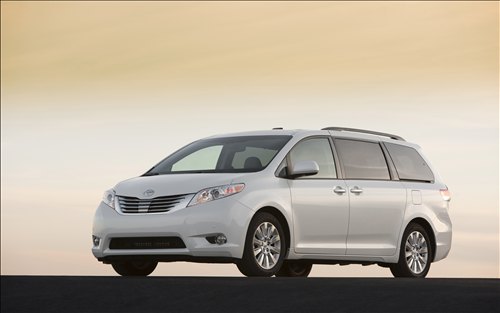When you’re picking an auto insurance provider, you already know it’s important to shop around, compare prices, and understand the different levels of coverage available to you. However, once you have this information, to really get the most out of your auto insurance, you need to go an extra step. In order to really understand the pros and cons of every auto insurance option, you need to do some math. Don’t just look at whatever policy is cheapest, or even at whatever policy gives you the most coverage for the price.
Instead, carefully consider all the factors involved in driving a motor vehicle, and calculate your risks intelligently. Then, choose your policy. More likely than not, you’ll end up saving more money this way than only by looking at prices.
First, look at where you need the most financial protection. For example, a high deductible can be a pain, but most drivers are capable of paying it off if necessary. On the other hand, a court case or medical bills costing hundreds of thousands of dollars could ruin most motorists. Thus, it’s often a better idea to choose a policy with higher deductibles in exchange for more coverage. Often, a policy with higher deductibles and better coverage will offer the same monthly rate as a policy with less coverage and lower deductibles.
At the same time, if you already have medical insurance, you might not need your automotive insurer to pay your medical bills after an accident. In that case, you might not need a policy with personal injury protection. Instead, focus on increased liability coverage, to minimize the risk of being sued out of all your possessions a result of an automobile accident. Meanwhile, if you don’t have many possessions in the first place, you might not need to focus as much on liability coverage. The key is calculating how much and where you stand to lose money, and choosing your auto insurance policy accordingly.
Keep in mind that lots of insurance companies will give you a certain amount of total liability coverage–only to have a lower amount of maximum liability coverage per individual person or vehicle that you’ve injured or damaged. Your policy could be providing $500,000 in total liability coverage per claim, only to limit the amount they’re willing to cover for, say, the medical bills of any one individual you’ve injured to $150,000. So if that person ends up successfully suing you for $250,000 worth of medical bills, you will end up having to fork over $100,000 personally. When shopping for a policy with good liability coverage, make sure the total maximum amount of coverage you’re eligible for per claim is the same per person.
Finally, pay attention to more than just how your insurance policy looks on paper. A good insurance company should try to help you collect your claim. Even the best deal on auto insurance is no deal at all, if you end up with an insurance provider that becomes uncooperative and hostile when you try to collect money.










